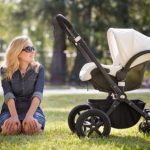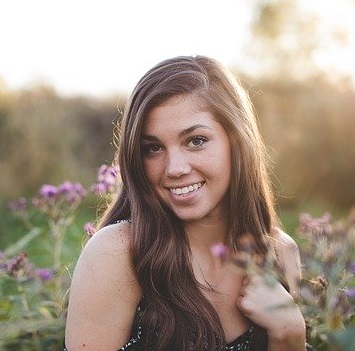How to choose the right baby carrier
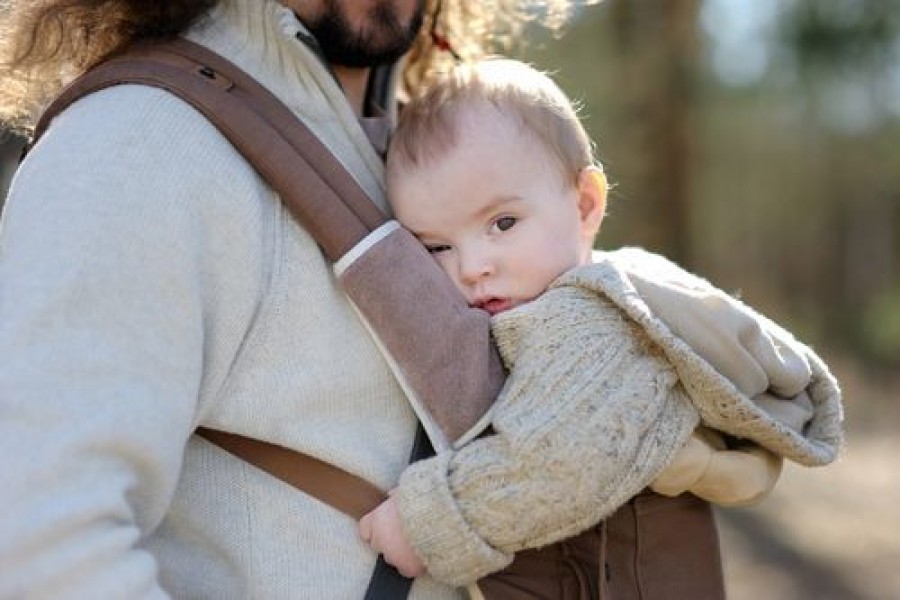
Babywearing is an ancient parenting practice that has a long history in nearly every culture across the world. Babywearing is simply using cloth or some other device to be able to carry your baby hands free. There are many different ways to wear your baby, and they all hold a great number of benefits for both you and your baby. Each culture has a unique way of wearing babies, and the many original baby carrier designs have been adapted over time. There is now a wide variety of baby carriers that are commercially available for purchase. With so many different options available, it can be difficult and somewhat overwhelming to decide what carrier may be best for you and your family. By learning a little about each type of baby carrier that is available and what they are good for, it will make it much easier for you to choose the perfect baby carrier for your particular situation.
The Benefits of Babywearing
There is a reason that babywearing has been around as long as it has been, and it’s unlikely that it will ever cease to exist either. It has so many various benefits and almost every family has something wonderful to gain from babywearing:
- Worn babies cry less
- Babywearing promotes successful breastfeeding
- Babywearing strengthens the bond between baby and caregivers
- Worn babies learn faster from an adult perspective
- Babywearing frees your hands for other tasks allowing you to easily multitask
- Wearing your baby puts less strain on you than just holding your baby
Read more about benefits of babywearing here.

The Different Types of Baby Carriers
There is a multitude of different types of baby carriers that are available. Each type of baby carrier has different benefits and drawbacks depending on what is most important to you in a baby carrier.
1. Pouch Slings
As one of the simplest and most affordable baby carriers, pouch slings offer an easy way to carry your baby hands free. A pouch sling is simply a curved piece of fabric that is sewn to form a continuous loop. You slide it onto your torso with it going above one shoulder, and below the other. Then you simply slide baby into it. One considerable drawback of pouch slings is that the majority of them are not adjustable and therefore a particular pouch sling will only fit a particular baby and caregiver for a fairly limited amount of time. It also means that you have to get just the right size for it to work for you. Pouch slings are best for front carrying or hip carrying. They can technically be used for back carries but it’s recommended to only use them on the back if you are an extremely experienced babywearer and you should still only do it for short periods of time.
2. Stretchy Wraps
Stretchy wraps are also quite affordable and fairly simple to use. They are a bit more complicated, but the stretchy material is very forgiving. They are one long piece of stretchy material. You wrap the material around you and baby in a specific way that brings the material in three individual passes across baby to keep them safe and secure. Stretchy wraps are for front carries only and should not be used on the back ever. They do have a bit of a learning curve, but are very simple once you learn the wrapping technique. This is an ideal carrier for newborns, but won’t work well for much older babies or toddlers. They do take a little longer to put on than many other baby carriers, but have the benefit of being able to pre-wrap them. Basically, you wrap the baby, and tie the wrap. Then you pull baby out and leave the wrap on you so that when you’re ready to wear baby, you simply pop them back in the wrap.
3. Mei Tais
Mei Tais are traditional Asian style carriers. They feature a panel of supportive fabric and straps that tie at your waist as well as go over your shoulders and wrap around to tie again at baby’s back or bum. The price of these carriers ranges greatly depending on materials and designs used. There are very affordable options available, however. These baby carriers can be intimidating at first but actually have a very simple design that is easy to learn to use.These are wonderful carriers for babies that are able to sit up on their own as well as for toddlers, but they won’t work for newborns. Mei Tais are great for front carrying or back carrying.
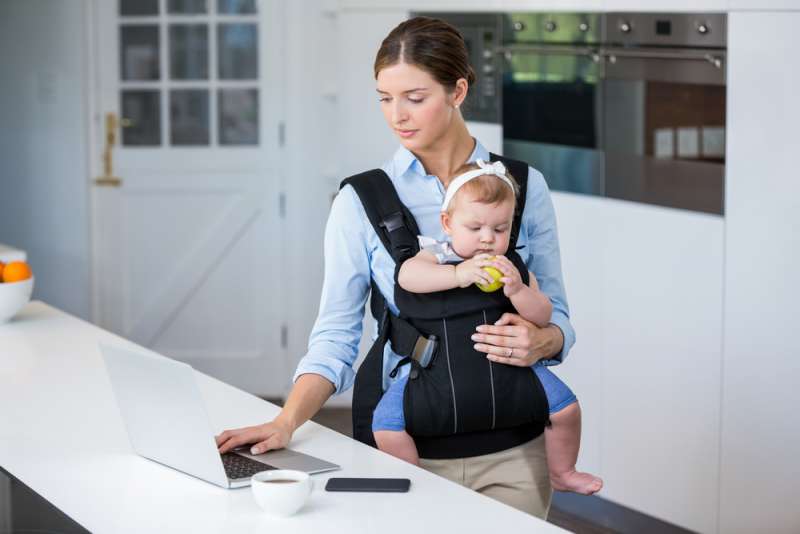
4. Woven Wraps
Woven wraps are similar to stretchy wraps in that they are one long piece of material. Unlike stretchy wraps though, the material usually has very little give. This allows them to securely hold much more weight. Woven wraps are the most versatile type of baby carrier. They are perfect to safely and comfortably wear babies from birth well into the toddler years. They come in many different materials, patterns and lengths. Because of these varying factors, the price range is quite large. There are some great low budget woven wrap brands, as well as very high end expensive woven wrap brands. To use a woven wrap, you securely wrap it around you and baby. There are endless ways that you can wrap your baby using a woven wrap including tons of front, hip and back carries. It can be great fun learning new ways to use your woven wrap.
5. Ring Slings
Ring slings are one of the easiest to use baby carriers. It can take a tiny bit of practice to get the hang of adjusting, but they are simple, quick, and convenient. A ring sling is a piece of fairly long fabric that has 2 rings sewn into one end. To use it, you place the rings on one shoulder, and spread the fabric across your back and bring it to the front, threading it through the two rings. This creates something similar to a pouch sling, but it is fully adjustable. Pull the tail of the fabric to tighten, or pull apart the rings to loosen it. Many consider rings slings to be the best carrier to breastfeed in. Like woven wraps, they come with a huge variety of designs, materials, lengths, and prices. Ring slings, just like pouch slings are ideal for front carries and hip carriers but should only be used on the back for short periods of time by experienced babywearers. They are wonderful for newborns and older babies. As a baby grows into a toddler and starts to get heavier, ring slings can begin to become rather uncomfortable.
6. Soft Structured Carriers (SSCs)
This type of carrier is highly adjustable and very user friendly. Soft structured carriers use a supportive panel of fabric to hold baby with an adjustable strap that buckles around the waist and backpack style straps that go onto the shoulders and strap together. These carriers can be used for front or back carriers. They work great with older babies and toddlers, but most of them require an infant insert to safely wear a newborn in them. While there are some more affordable choices of soft structured carriers, most good brands are considered to be on the pricier side.
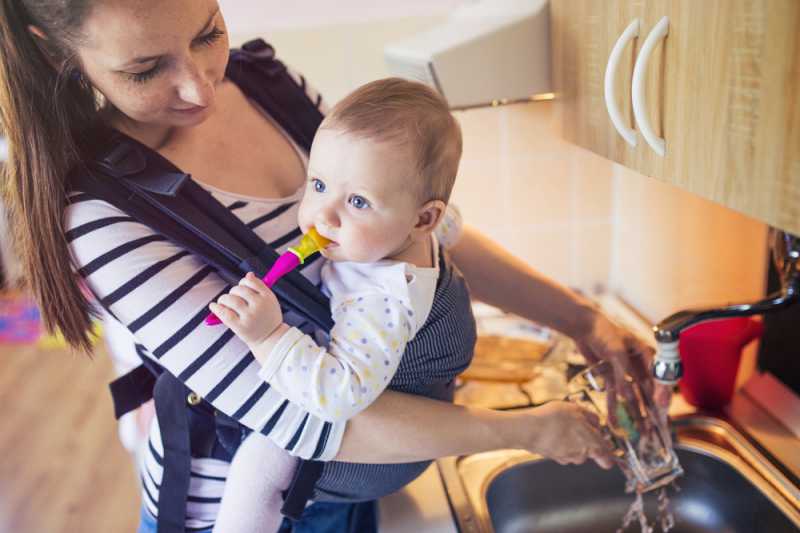
Best Baby Carriers for Specific Needs
Each type of baby carrier is wonderful for different things. Some carriers are specifically good for newborns, some are better for quick or frequent ups and downs, and some may be better than others for using for a longer period of time.
1. Best Carriers for Newborns
The newborn period is so precious and fleeting. Your bub will need your touch and lots of attention for a long time, but during the newborn period, these things are especially important. One of the best carriers to get for a newborn is a stretchy wrap. They are fairly simple to use and allow you to very securely and comfortable keep your newborn close. They are also very inexpensive which makes it okay that they won’t be able to be used long term. Ring slings are also excellent choices for newborns as they are easy to learn to use and adjust well to your newborns tiny size. Another good carrier for newborns is a woven wrap. They tend to be pricier than the other choices but will last the entire time you wear your baby.
2. Best Carriers for Toddlers
Some carriers that may not be as good for little babies are great for toddlers! One of the best choices for wearing your toddler is a soft structured carrier, commonly known as an SSC. These carriers are not only extremely user-friendly, but also tend to have fairly high weight limits. Additionally, they usually have padded straps that evenly distribute the weight over your body. They also secure your child quickly which is ideal for a squirmy toddler. Mei tais also provide a typically less expensive option great for toddlers. Larger babies and toddlers fit wonderfully in mei tais.
3. Easiest Carriers to Use
Some carriers, such as woven wraps can be intimidating to beginners, but there is no need to worry because many carriers are much simpler. Pouch slings are probably the easiest carrier to use as all you do is slip it on and slip baby in. Soft structured carriers are also very easy to use but provide more versatility than pouch slings.
4. Carriers with the Longest Usability
Most carriers have weight ranges that may not suit newborns or toddlers. Woven wraps, however, can be used for the entire duration of time that you wear your little one. They are ideal from birth and up. They are extremely strong and secure. Adults have even used them to wear other adults to prove how versatile they are. A rule of thumb with woven wraps is that if your back can handle it, the wrap can handle it.

5. Best Carriers for Speed
Some carriers, such as woven wraps, can take a few minutes to get properly situated. There are some great choices that are ideal if you need to put your baby on quickly. Speed can be helpful for trips to the store or fussy bubs. One of the fastest-to-use baby carriers is the soft structured carrier. They easily buckle on in seconds. They also can be left buckled onto your waist in-between babywearing sessions. This is great if your baby likes to go up and down a lot. Similarly, ring slings are also quick to use, especially if pre-adjusted, and can also be left on you in between babywearing sessions.
6. Good Carriers for Fussy Babies
All babies get fussy sometimes, but some are needier than others and may fuss or cry more than normal. Woven wraps often calm babies better than other carriers. This is likely because they fit very snugly and contour to baby’s body. Babies with colic may specifically benefit from use of a woven wrap.
7. Carriers Good for Hot Weather
Something else to keep in mind when choosing a baby carrier is climate. If you live in a particularly hot area, you may want to choose a lightweight carrier that allows for good airflow. SSCs and ring slings have mesh versions great for heat. Woven wraps sometimes come in a cotton gauze fabric that is very thin and lightweight but still safe and secure. Any carrier is good for colder climates as long as baby is properly dressed.
8. Best Carriers for Back Carries
Some carriers allow you to wear your baby on your back. Back carries allow you to do almost anything while you wear your baby. Things like cooking and cleaning are much easier and safer to do with baby on your back rather than on your front. Both SSCs and woven wraps are ideal for back carries. Mei tais are also good for back carries if you prefer.
9. Best Carriers for Style
While style isn’t exactly the main reason for babywearing, it can be a nice benefit that makes babywearing even more fun! The best carriers for style would be woven wraps and ring slings. They both come in a huge variety of materials, colours, and designs. Anyone can find a woven wrap or ring sling that is perfect for them. They have an effortless flow about them that creates stunning visuals.
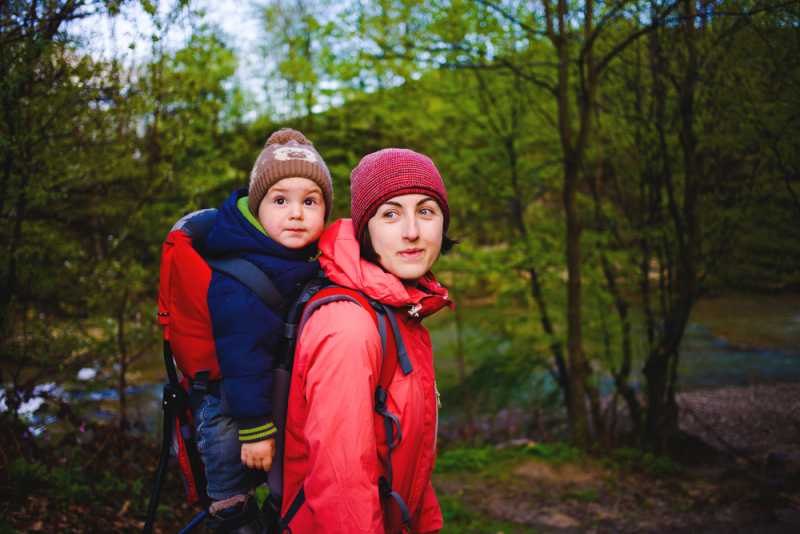
Babywearing Safety Tips
When wearing your baby, safety is key. If not used properly, baby carriers can be dangerous and pose a risk to your baby’s safety. There are some universal guidelines to follow, but you should always refer to the instructions of your specific baby carrier.
Things that you should always ensure while babywearing are that your baby’s back is properly supported, your baby’s airways remain clear, and your baby is nice and snug against your body. They shouldn’t be able to fall down into the carrier. Monitor them well the entire time you are wearing them and make sure their airways are clear by keeping their chin off of their chest. You should also always make sure that baby is nice and high on your body. A popular acronym in the babywearing community to help you remember safe babywearing guidelines is T.I.C.K.S:
- Tight
- In sight
- Close enough to kiss
- Keep chin off chest
- Supported back
If Possible, Try Before You Buy
There are all different types of baby carriers, and each person will find that a different type of carrier best suits them and their needs. Your baby will likely even prefer one specific type of carrier over another. By learning about the different carriers, you can get a good idea of what may work best for you and your baby. However, until you actually try the carrier out, it’s hard to know for sure what you actually like. Many areas have a local babywearing group and sometimes even a lending library where you can borrow carriers to try out for a while. If you’re not able to try out different carriers first, make an educated guess as to what carrier will be best for you. There is a huge market for used carriers, so you could try buying used to save money and always have the option of reselling if the first carrier you get isn’t quite right for you. Once you do find a great carrier for you and your bub, you will be able to enjoy the many wonderful benefits of babywearing.

